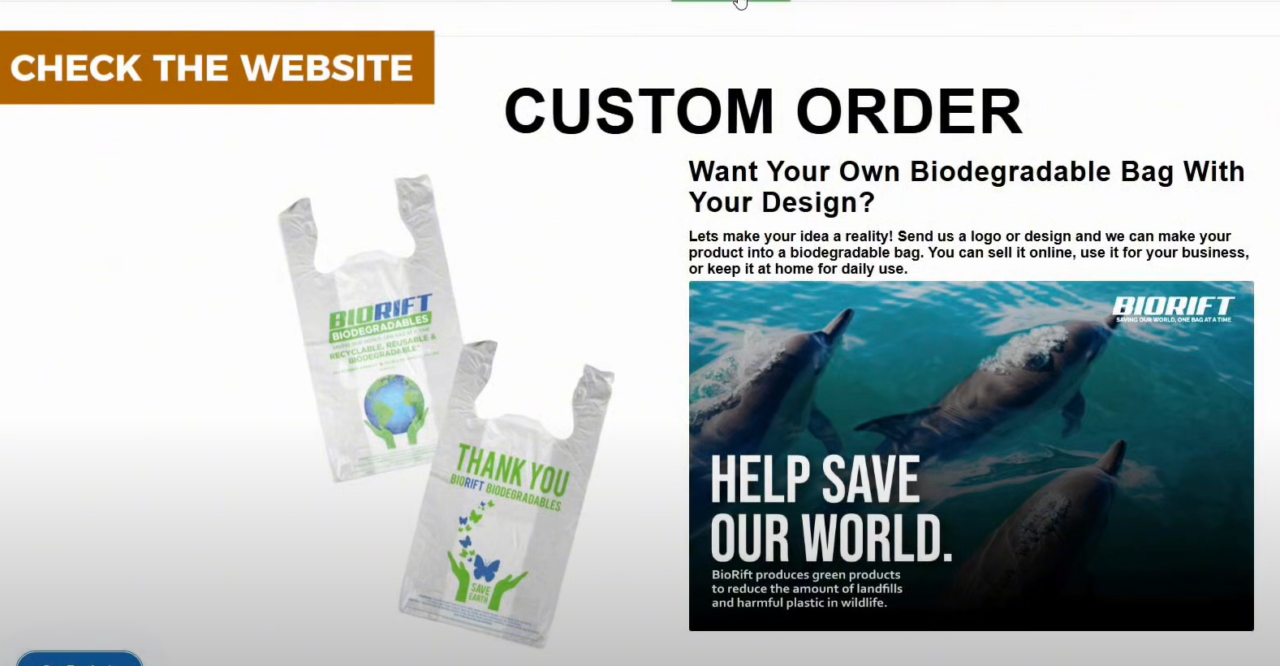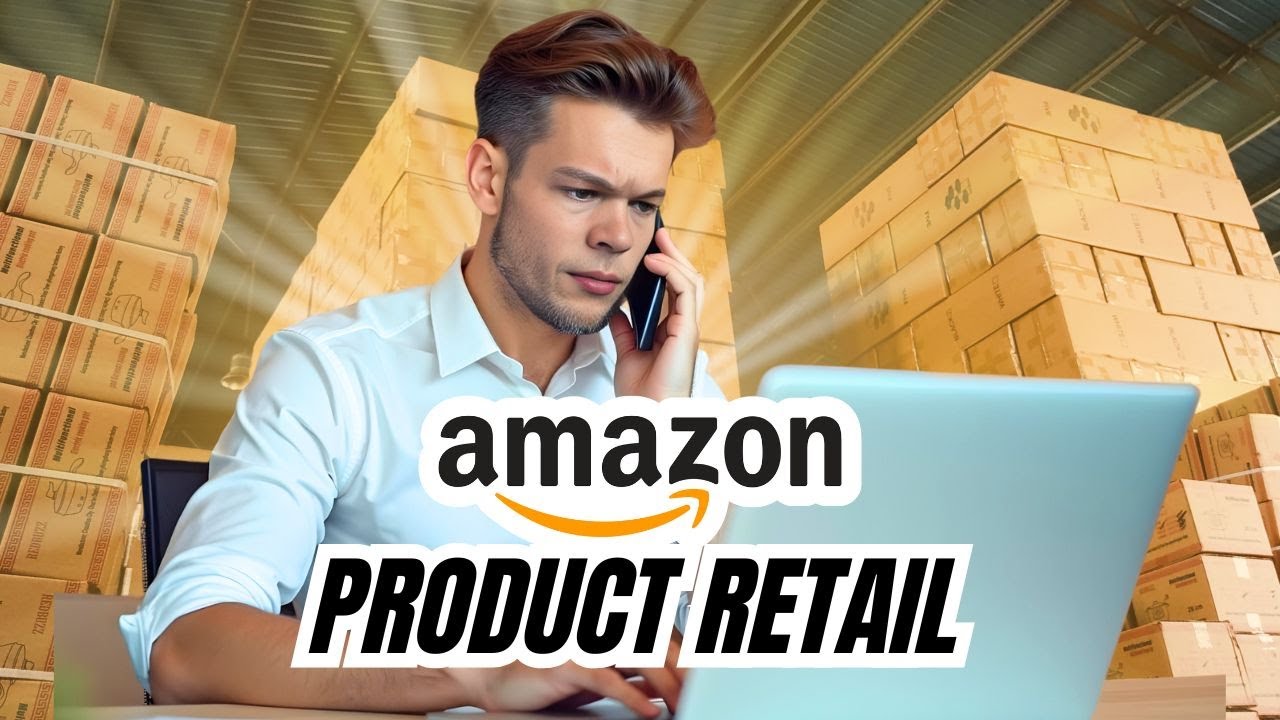Have you ever wondered how to get your Amazon product into retail stores? Many Amazon sellers believe they need to hire an expensive retail consultant to make it happen. But what if I told you there’s a simple, cost-effective way to turn your Amazon success into retail dominance?
I’m Josh Hackett, CEO and founder of EHP Consulting Group, and my mission is to help sellers make money on Amazon and beyond. In this blog, I’ll show you how I got my product into retail, secured over $50,000 in retail orders, and how you can replicate the process.
Let’s dive in!
Video Overview:
Step 1: Use a Retail Product Insert
One of the most overlooked but powerful tools for retail expansion is a product insert. When customers purchase your product on Amazon, they receive more than just the item—they get an opportunity to connect with you directly.
For example, my biodegradable bag product includes an insert that says:
“Want your own biodegradable bag design?”
This simple call-to-action has driven retail stores to reach out, asking for customized designs with their own branding. Instead of waiting for retail buyers to find us, we proactively created demand through our Amazon sales.
💡 Pro Tip: Include key details on your insert, such as:
✔️ A clear call-to-action (e.g., “Get a custom design!”)
✔️ Contact information (email, website, or QR code)
✔️ Minimum order quantity (to weed out small orders)
By adding this insert to every product, we generated consistent retail leads—without running additional Amazon ads or spending thousands on retail consultants.

Step 2: Optimize Your Website for Wholesale & Custom Orders
Once potential retail buyers scan your product insert, the next thing they’ll do is visit your website. This is where most Amazon sellers lose retail opportunities.
To ensure a seamless process, I optimized my site with:
1️⃣ A Contact Us Page – Retail buyers need an easy way to reach out. If you don’t have a working contact form, you could be losing big deals.
2️⃣ A Wholesale Tab – Some retailers want to buy in bulk rather than customize a product. Make sure you have a clear wholesale option on your site.
3️⃣ A Custom Order Tab – Many retailers prefer private-label products. By offering a customization feature, you open the door to higher-ticket sales.
🔗 Need help setting up a retail-friendly website? Work with EHP Consulting Group to optimize your eCommerce strategy.

Step 3: Maintain Fast Response Times
Getting retail interest is great, but closing deals requires speedy communication. If a store owner emails you about wholesale orders and you take three days to respond, they’ll move on to another supplier.
✅ Best Practice:
Respond within 24 hours to any retail inquiry. The faster you reply, the more serious you seem.
Many of our biggest retail deals came from simple follow-ups. If you don’t have time to manage inquiries yourself, consider hiring a virtual assistant or using a CRM system to track responses.

Step 4: Set Minimum Order Quantities
Retailers love custom orders, but you need to set boundaries. Without a minimum order quantity (MOQ), you’ll waste time dealing with small, unprofitable requests.
For example, our biodegradable bags have a minimum custom order of 150,000 bags (150 Cases of 1000 bags per case). This filters out non-serious buyers and ensures every retail deal is worth our time.
🔗 Want to scale your Amazon wholesale business? Check out EHP Consulting Group’s services for expert guidance.

Step 5: Leverage Amazon Reviews & Word of Mouth
Retailers don’t just buy products blindly—they look at social proof. If your Amazon listing has strong reviews, it becomes easier to convince retail buyers.
Strategies to increase reviews:
✔️ Include a Thank You Card – Politely ask customers for a review.
✔️ Mitigate Negative Feedback – Provide a support email to resolve issues before they escalate into bad reviews.
✔️ Use Video & Written Instructions – Some customers prefer video tutorials over text. Offering both can improve the customer experience.
Retailers love products with strong ratings because they reduce the risk of unsellable inventory. The better your Amazon reviews, the more retail opportunities you’ll attract.

Bonus Tip: Amazon Advertising & Counterfeit Removal
If you’re trying to break into retail, you need to protect your brand from counterfeits. Retailers won’t buy your product if knockoffs flood Amazon.
How to Remove Fakes from Amazon
1️⃣ Monitor Your Listings – Regularly check for unauthorized sellers.
2️⃣ Use Amazon Brand Registry – This helps protect your brand from counterfeiters.
3️⃣ Report Fake Sellers – Work with an Amazon counterfeit removal expert to clean up your listings.
Fake products don’t just hurt your Amazon sales—they kill your retail credibility. If a store discovers counterfeits of your product, they won’t trust you.
🔗 Need help removing fake products? Contact EHP Consulting Group for counterfeit removal on Amazon.
Final Thoughts
Getting your product into retail doesn’t have to be expensive. By leveraging Amazon sales, using strategic product inserts, and optimizing your website, you can land retail deals organically.
Recap:
✔️ Use a retail product insert to attract wholesale buyers.
✔️ Optimize your website with wholesale and custom order tabs.
✔️ Respond quickly to retail inquiries (within 24 hours).
✔️ Set minimum order quantities to filter serious buyers.
✔️ Leverage Amazon reviews to increase retail credibility.
✔️ Protect your brand by removing fake Amazon sellers.
🚀 Want expert help scaling your Amazon business? EHP Consulting Group specializes in Amazon PPC, counterfeit removal, and retail expansion.
📢 Comment below: Have you landed a retail deal through Amazon? Share your experience!
Written By: Joshua Hackett

Sponsored By: Twentify
Email: [email protected]
Website: www.ehpconsultinggroup.com
Phone: 925-293-3313
Date Written: February 22nd 2025
